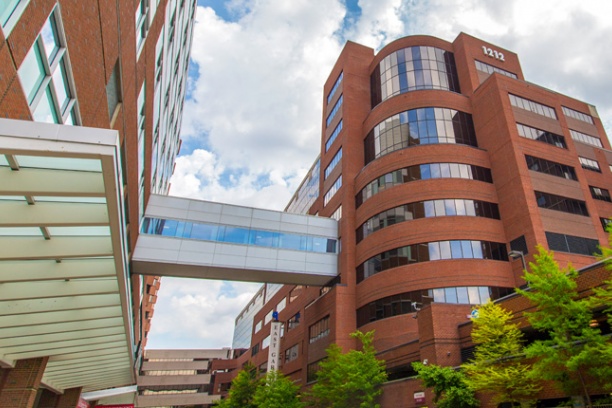The Vanderbilt Autonomic Dysfunction Center (ADC) is one of the nation's leading expert centers in dysautonomia, or autonomic dysfunction. Established in 1978, our center continues to provide clinical and research expertise, advanced patient care, and valuable support resources to patients with disorders of the autonomic nervous system. Our dedicated team of clinicians and researchers practice based on the latest evidence-based research and guideline recommendations.
Our outpatient clinic offers comprehensive testing, diagnosis, and individualized treatment to those suffering from an autonomic disorder. Autonomic disorders diagnosed and treated at the Vanderbilt ADC include: Postural Orthostatic Tachycardia Syndrome (POTS), Neurally-Mediated Syncope, Pure Autonomic Failure, Multiple System Atrophy (MSA) or Shy-Drager Syndrome, Dopamine Beta-Hydroxylase Deficiency, and Baroreflex Failure.
In addition to our clinic, our Clinical Research Center (CRC) conducts ongoing clinical research studies to better understand the pathophysiology of the autonomic nervous system and its role in autonomic dysfunction, all the while seeking to discover new therapies to help optimize treatment of known autonomic disorders.
Contact Us
For more information about our clinic, please call: (615) 322-2318.
Location
For parking information and the location of our clinic and research center, please click here.
